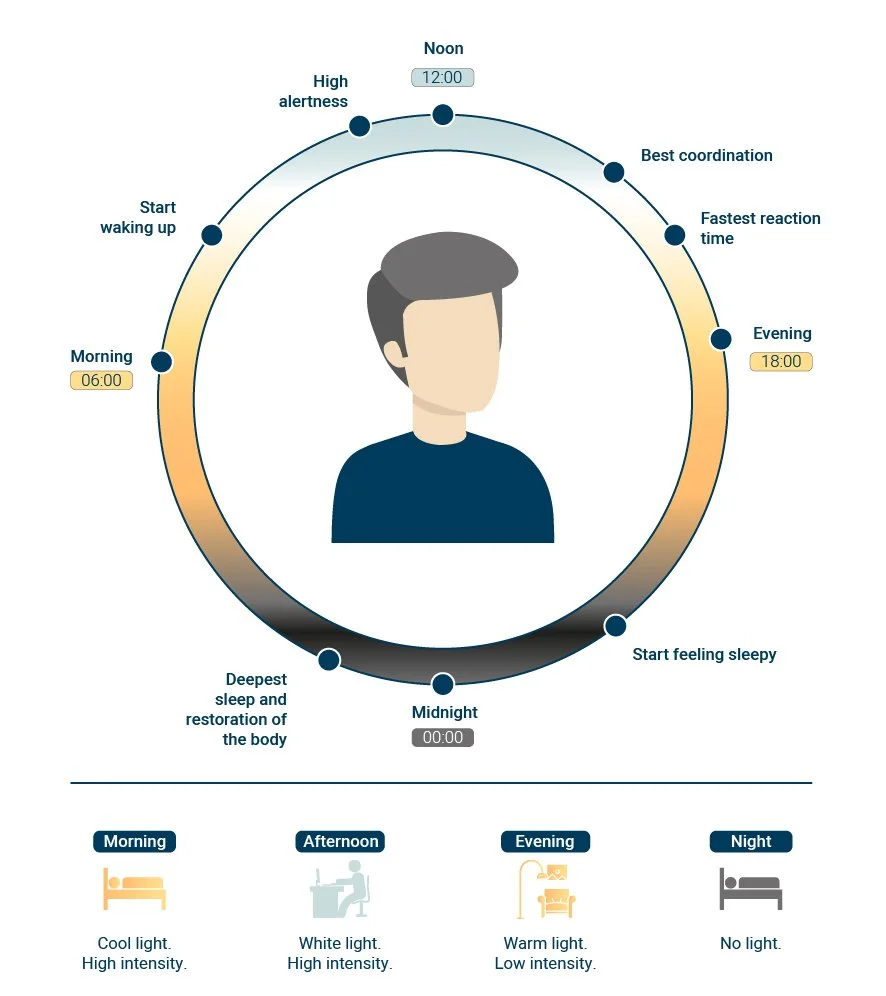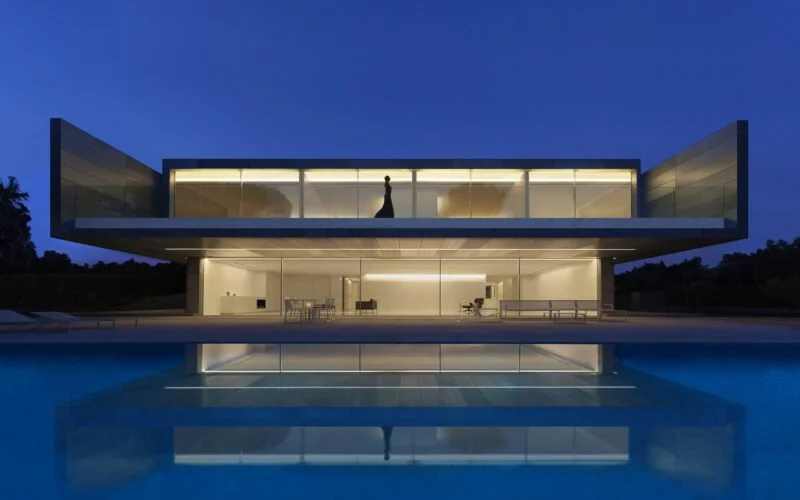Top 5 Lighting Design Trends for 2025: Elevating Spaces with Innovation
Lighting design is evolving rapidly, blending aesthetics, functionality, and cutting-edge technology to create environments that enhance well-being, energy efficiency, and visual appeal. As we move into 2025, these trends will shape the future of commercial, residential, and hospitality lighting.
1. Human-Centric & Circadian Lighting
Lighting that supports natural circadian rhythms is becoming a standard feature in modern designs. Tunable white LED lighting that shifts in color temperature and intensity throughout the day helps regulate sleep, focus, and mood.
How to Apply It:
Use cooler daylight tones (3500K–5000K) in workspaces for increased productivity.
Transition to warmer tones (2700K–3000K) in the evening to promote relaxation.
Incorporate smart lighting systems that adjust automatically throughout the day.
Daylight Harvesting
2. Sustainable & Energy-Efficient Lighting
Sustainability remains a driving force in lighting design, with a focus on low-energy LED solutions, solar-powered lighting, and daylight harvesting. More brands are introducing eco-friendly fixtures made from recycled or biodegradable materials.
How to Apply It:
Use LED lighting with high efficacy (lumens per watt) to reduce energy costs.
Install motion sensors and dimmers to optimize light usage.
Design spaces with large windows to maximize natural light and reduce artificial lighting needs.
3. Smart Lighting & IoT Integration
The rise of smart home and office automation is making lighting more adaptive and energy-efficient. With motion sensors, voice control, and AI-powered automation, lighting can adjust based on occupancy, daylight levels, and user preferences.
How to Apply It:
Invest in Wi-Fi or Bluetooth-enabled lighting for remote control and scheduling.
Integrate motion sensors to turn lights on/off based on room activity.
Use tunable smart bulbs to customize lighting for different tasks and moods.
4. Minimalist & Recessed Architectural Lighting
A shift toward clean lines and unobtrusive lighting is redefining modern spaces. Recessed, linear, and indirect lighting solutions are replacing bulky fixtures, creating sleek, contemporary aesthetics.
How to Apply It:
Use cove lighting to add soft, indirect illumination without visible fixtures.
Install LED strips under cabinets, shelving, or architectural features for a seamless look.
Opt for recessed downlights with narrow beam angles to highlight key areas.
5. Statement & Experiential Lighting
Lighting is no longer just functional—it’s an expression of design. Sculptural fixtures, dynamic RGB lighting, and immersive lighting installations are transforming interiors into memorable experiences.
How to Apply It:
Use bold, artistic pendant lights to make a statement in entryways or dining spaces.
Incorporate RGB LED lighting for dynamic color-changing effects in hospitality or retail spaces.
Experiment with projection lighting and interactive elements for unique visual impact.
Final Thoughts
The future of lighting design in 2025 is about enhancing well-being, maximizing efficiency, and elevating aesthetics. Whether designing a high-end retail space, a modern office, or a wellness-focused home, integrating these trends will ensure your space is both functional and visually stunning.
Looking to implement cutting-edge lighting solutions? Contact us today to explore how we can bring your vision to life!





